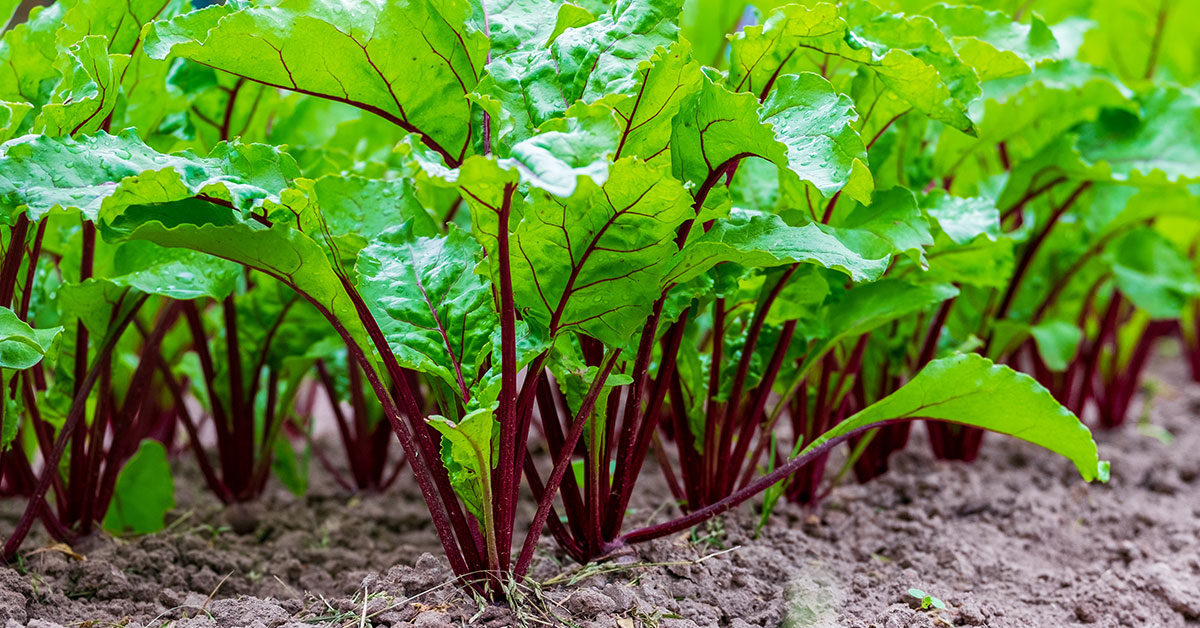Harvesting beets at the right time is crucial to ensure their optimal flavor, texture, and nutritional value. These vibrant root vegetables are not only a versatile addition to various culinary creations but also a delight to grow in your own garden. Knowing when to harvest beets requires a keen eye and understanding of their growth cycle.
In this article, we will explore the signs to look for, the ideal time to harvest beets, and some useful tips to make the most of your beet harvest. So, whether you’re a seasoned gardener or a beginner, get ready to learn all about the perfect timing for harvesting these earthy delights.
When to Harvest Beets
Beets are typically ready to be harvested around 8-10 weeks after sowing the seeds. However, the exact timing can vary depending on the variety and growing conditions. The best way to determine if beets are ready for harvest is by checking the size of the root bulb. Beets are usually harvested when they reach about 1-3 inches in diameter, although some varieties can be harvested when they are smaller or larger, depending on personal preference.
Additionally, the tops of the beets should be healthy and vibrant. Gently dig around the base of the plant to check the size of the root, and if it meets your desired size, you can harvest the beets by carefully pulling them out of the ground.
Signs Your Beets Are Ready to Be Harvested
There are a few signs to look for when determining if beets are ready to be harvested:
- Size: Beets are typically ready to be harvested when they reach a diameter of about 1 to 2 inches (2.5 to 5 cm). However, this can vary depending on the variety you are growing. Check the recommended size for the specific beet variety you are cultivating.
- Color: Beets are usually harvested when they have developed their characteristic deep, rich color. The color can vary depending on the variety, but generally, mature beets will have a vibrant, intense hue.
- Texture: Gently brush away some soil around the top of the beet to check its texture. Mature beets should have a firm, smooth skin. If the skin feels rough or cracked, the beet may have become overripe.
- Greens: Beets are often grown for their roots, but their greens are also edible and nutritious. If you prefer to harvest beets when they are smaller, you can start harvesting the greens when they are about 4 to 6 inches (10 to 15 cm) tall. This will allow the remaining beets to grow larger.
Remember that beets can be left in the ground for an extended period without losing quality, so you can harvest them gradually as needed.
Signs Your Beets Aren’t Ripe Yet
There are a few signs that beets are not yet ripe and should not be harvested:
- Size: Beets should reach a mature size before harvesting. Generally, this is around 1.5 to 2 inches in diameter for most varieties. If the beets are smaller than this, they are not fully developed and should be left in the ground to continue growing.
- Texture: Immature beets will have a tender and soft texture, while ripe beets will be firm and crisp. Gently squeeze the beet to check for firmness. If it feels soft or spongy, it is not yet ready for harvest.
- Color: Beets come in various colors, including red, golden, and striped varieties. As they mature, the color intensifies and becomes vibrant. If the beets still have a pale or dull color, they are not fully ripe.
- Greens: Beet greens are edible and can be harvested at any stage, but if you want to harvest the root, the greens can provide a clue. If the beet greens are lush and healthy, it indicates that the plant is still actively growing and the roots are not yet mature.
Remember, it’s always better to wait a little longer for beets to reach their full potential rather than harvesting them prematurely.













